May 30, 2025 | 05:12 GMT +7
May 30, 2025 | 05:12 GMT +7
Hotline: 0913.378.918
May 30, 2025 | 05:12 GMT +7
Hotline: 0913.378.918
Mr. Cao Ba Dang Khoa, the Secretary General of the Vietnam Coconut Association, provided information that in 2024, Vietnam's coconut and coconut-based product export turnover reached 1.089 billion USD. The exports are categorized into four main product groups.
Group 1: Enterprises and products in the food, cosmetics, and pharmaceutical sectors, with over 45 types of diverse products, and more than 50 enterprises involved in deep processing. This group contributes 43% of the total export turnover of the entire industry, equivalent to 470 million USD.
Group 2: Enterprises and products in the handicraft, wood, and agricultural substrate sectors, featuring over 30 types of diverse products. These include handicrafts, wood products, coconut husk substrates, coconut shell charcoal, environmental treatment products made from charcoal and specialized machinery for coconut production. In this group, most of the businesses are small-scale, with around 15 enterprises directly engaged in production and export. The rest are less stable trading enterprises. This group contributes approximately 246 million USD, which is 23% of the total export turnover of the coconut industry.
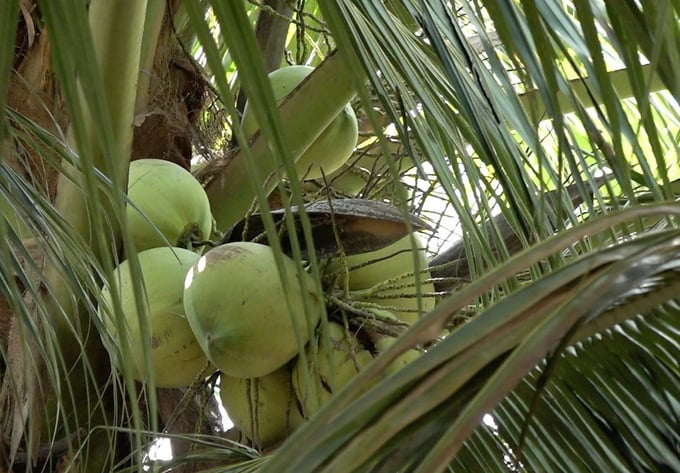
The Vietnam Coconut Association stated that the export turnover of coconuts and coconut-based products from Vietnam reached 1.089 billion USD in 2024. Photo: Hong Tham.
Group 3 consists of enterprises engaged in the production of raw materials such as crude coconut oil, coconut water powder, frozen coconuts and frozen coconut milk. This group currently includes 5 domestic companies and 14 foreign direct investment (FDI) enterprises, which have been steadily investing and expanding their operations over the past 3 years. While some perspectives may not yet fully recognize the importance of this sector, it is actually one of the most significant contributors to the overall value chain. These businesses play a crucial role in sourcing raw materials and producing products that contribute greatly to enhancing the value of coconuts for local farmers. In fact, this group is responsible for approximately 18% of the total export turnover of the entire coconut industry, with a value of 198 million USD.
Lastly, the group focused on the production and trade of fresh coconuts achieved an export turnover of 175 million USD, accounting for 16% of the total export revenue of the industry. There are currently 16 different types of fresh drinking coconuts cultivated in Vietnam. However, the market and businesses have only been exporting 5 specific types, including dwarf coconut, green coconut, e-o coconut, pineapple coconut, and the local varieties used for drinking. Enterprises in this sector have not yet invested significantly in establishing dedicated coconut farms or in creating strong brands for well-known drinking coconut varieties like Tam Quan coconut (from Binh Dinh) or Ninh Da coconut (from Khanh Hoa). This represents a promising area of untapped potential.
Although achieving impressive figures, Mr. Khoa emphasized that coconut exports in 2024 have not yet fully reflected their growth potential. The primary reasons for this include the fact that many fresh coconut orders could not be exported on time due to the lack of packaging codes and the instability of raw material sources in the second half of 2024.
Addressing issues related to raw materials, pricing and international competition will be the key to taking the coconut industry to a new level.
However, according to Mr. Khoa, in the third quarter of 2024, fresh coconuts were purchased by traders in the Mekong Delta region at about 25 - 30 cents per coconut. Now, during the rainy season, the price has risen to around 43 - 46 cents per coconut, an increase of approximately 90%. Despite the higher prices, the global market still accepts these prices, which does not reduce the competitiveness of Vietnam’s fresh coconuts when compared to products from other countries. This is a very positive sign, signaling a strong potential for the continued growth of fresh coconut exports in the coming years.
The second reason is that over the past four months, Thailand and India have significantly increased their imports of raw coconuts from Vietnam, which has led to a sharp rise in the price of raw coconuts by 30-35%. This has created significant challenges for processing enterprises, particularly those in Group 1—the group with the highest export turnover, which includes 50 large-scale processing factories. These businesses are facing difficulties in sourcing raw materials due to the sharp price increases.
Furthermore, Mr. Khoa pointed out the growing competition from Chinese corporations. Many Chinese processing plants, which specialize in frozen coconut water and frozen coconut milk, have now become well-established and are operating consistently. In recent months, even more new businesses have emerged in China, leading to an increase in demand for raw coconuts. As a result, the price of raw coconuts in Vietnam has seen a significant rise. While this price surge benefits farmers by increasing their immediate income, it has placed Vietnamese processing factories in a tough spot. These factories are struggling to compete with the large Chinese corporations.
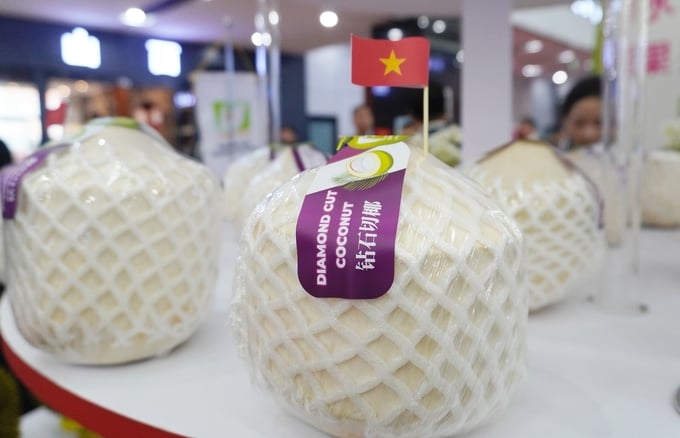
There is a need to enhance foreign investment attraction and utilize domestic resources to develop more deep-processing factories for coconut-based products. Photo: Hong Tham.
For Vietnam's coconut industry to develop sustainably and truly make significant breakthroughs in the near future, Mr. Khoa emphasized: “The top priority right now is to implement solutions to limit the export of raw materials, as exporting in this form brings low value and reduces the attractiveness of investments for domestic factories".
Furthermore, Mr. Khoa emphasized the importance of attracting more foreign investment while also fully utilizing domestic resources to establish more deep-processing factories for coconut-based products. This would not only help build strong, recognizable brands but also improve the competitiveness of Vietnam's coconut products in international markets. He added, "This is the primary goal that the Vietnam Coconut Association is working toward in the coming years".
The fact that Vietnam's coconut exports and products have reached nearly 1.1 billion USD is an impressive milestone that highlights the immense potential within the sector. However, Mr. Khoa pointed out that, despite this success, the road to long-term, sustainable development remains fraught with challenges that need to be overcome.
Translated by Phuong Linh
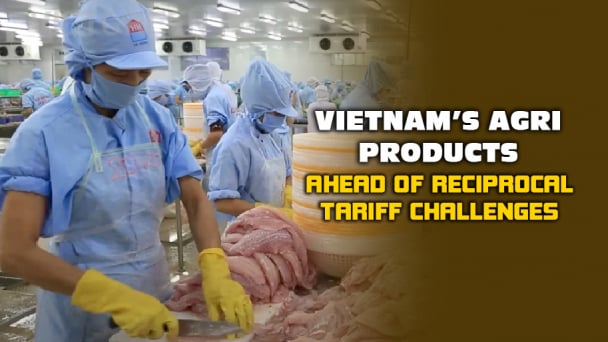
(VAN) Reciprocal tariffs are exerting pressure on U.S. exports, prompting Vietnamese firms to shift their focus to Muslim markets, Thailand, and Brazil.
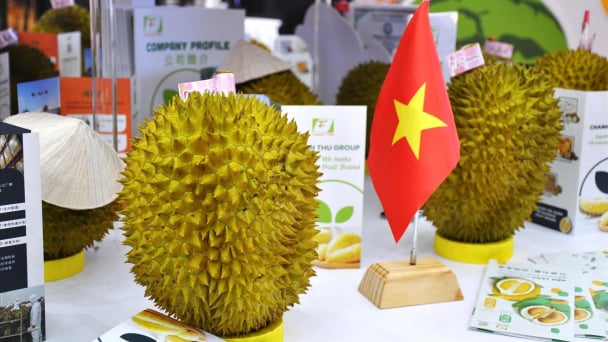
(VAN) A free booth for two years at Xinfadi, Beijing's largest wholesale market, will be allocated to Vietnam's agricultural products.
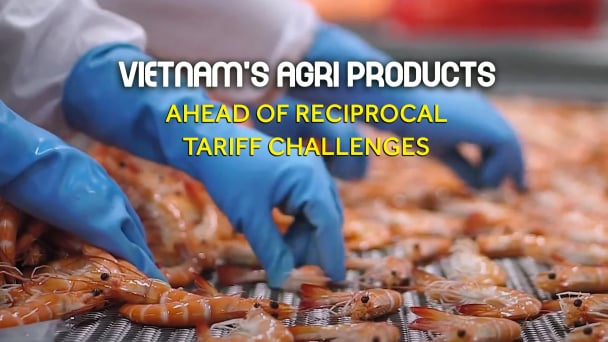
(VAN) Vietnamese shrimp exporters are actively looking for alternative markets and accelerating shipments to the United States in response to the pressure of impending reciprocal tariffs. This is occurring during a temporary tariff suspension.
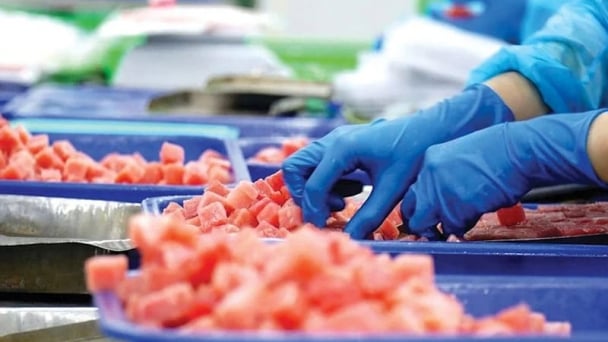
(VAN) The import-export turnover between Vietnam and Singapore rose amid a trade rebound, with machinery, electrical equipment, and fuels making up the majority of the transaction value.

(VAN) Director General of the General Administration of Customs of China, Ms. Sun Mai Jun, has pledged to implement measures that will ease the import process for Vietnamese agricultural products.
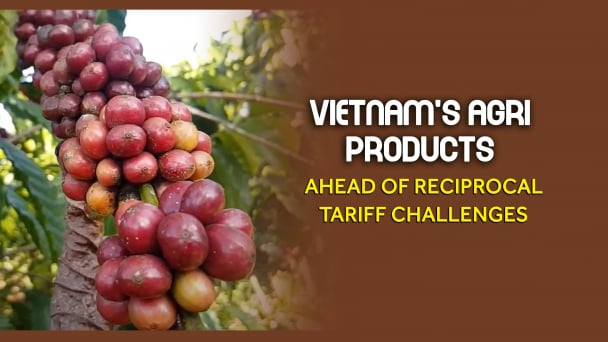
(VAN) Although Vietnam is still increasing its coffee exports, the industry is currently in the process of determining market strategies in response to the U.S. imposition of reciprocal tariffs.

(VAN) With rising demand in Muslim-majority countries, Halal certification is becoming a critical passport for Vietnamese agricultural products seeking sustainable market access and consumer trust in the Middle East and Africa.